|
By Jackie Hamilton If you are like I once was, the word forestry evokes an image of lumberjacks or large clear-cuts. I have learnt a lot while working in in the sector and I am writing today to try and convince you that forestry is not a bad word for biodiversity. I have had the pleasure of seeing forestry around the world. From what I have seen, our practices in Ontario are some of the best for biodiversity. I am not saying things are perfect, but I am making a plea to you today to learn more about forestry in Ontario. It might surprise you. Ontario has a lot of certified sustainable forest land when compared to other places. This means that third party certification bodies agree our forests are being managed sustainably. For example the Forest Stewardship Council (FSC) is a well-known and respected third party certification body. In this province, to be a Professional Forester you are regulated the same way an engineer might be. I am currently going through the process of becoming a registered professional myself. I can verify that the process is thorough and foresters in Ontario are competent and experienced before practicing. Being a forester does not just mean cutting trees for timber, but that can be a part of it. As someone who cares about biodiversity, I want the products that we use everyday to be coming from sustainable sources. Ontario’s foresters are working to try and ensure this is the case. Ontario forest products include many of the traditional uses such as furniture, flooring, and fire wood. But they are more recently becoming strong petroleum and steel replacements.New products include biofuel, plastic replacements and composite wood beams. Most of our forests in southern Ontario are fragmented from development. They are facing threats like invasive species. Oonce you learn to identify an invasive species, you will begin to see them everywhere. These forests require active management to maintain ecological integrity and biodiversity. Otherwise, they will become something near monocultures of invasive species that support little diversity. I have seen several examples of this around abandoned industrial sites and even in people’s backyards. Because many of our forests are near our communities, we suppress natural disturbances like fire. Fires would naturally increase habitat and biodiversity. With fire suppression, forest management becomes even more critical for biodiversity. A big and growing area of forestry is the one I work in, urban forestry. Forest management requires that you think long into the future about what your forest will look like. It also requires you to consider the ecological, social and economic impacts of your management decisions. It’s obvious that managing urban forests requires these same considerations. Maybe even more so. The University of Toronto’s Faculty of Forestry is the oldest Faculty of Forestry in the country. It’s also where I studied forest management and forest conservation. The faculty brings together foresters, economists, entomologists, ecologists, government, NGO and industry professionals. It facilitates open discussions about the challenges and opportunities facing forests in Ontario. The university is currently going through consultation to determine the fate of the 100+ year old institution. You can learn more about how the Faculty has affected others, and add your voice to the petition here.
1 Comment
|
ELB MembersBlogs are written by ELB members who want to share their stories about Ontario's biodiversity. Archives
January 2023
Categories
All
|


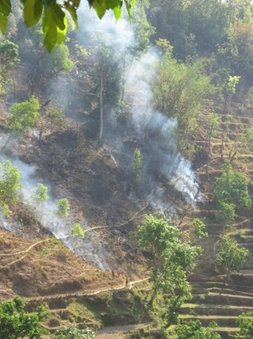
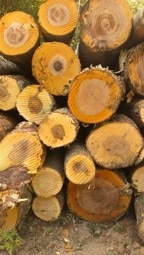
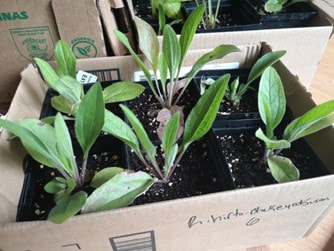
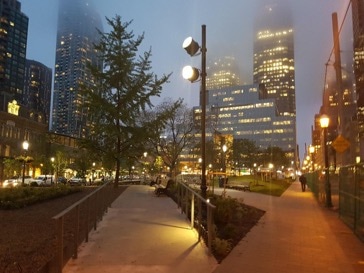
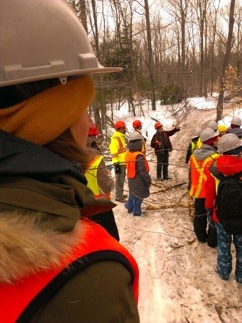

 RSS Feed
RSS Feed